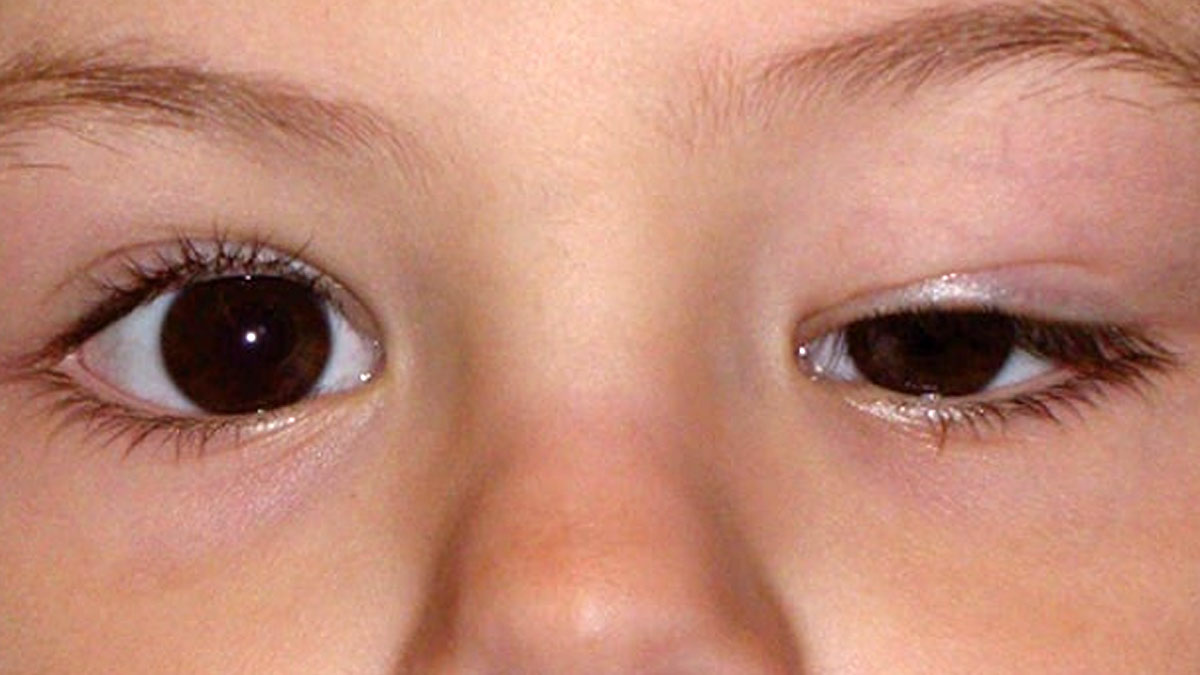
Zeenat Aman, the former Bollywood actress, opened up yesterday on Instagram, about her 40-year-long journey of living with an eye condition called Ptosis.
Ptosis, often referred to as a drooping eyelid, is a condition in which the upper eyelid droops over the eye, and can affect one or both of your eyelids. While it may seem like a minor concern, ptosis can have a significant impact on your vision, according to the American Academy Of Ophthalmology (AAO).
Table of Content:-
To understand more about this disease, the team of OnlyMyHealth spoke to Dr Dipti Shah, Ophthalmologist, Eye Doctor, Eye Surgeon, Lasik & Robotic Cataract Surgery, Sadhana Eye Care, Mumbai.
What Is Ptosis?

“The eyelid may droop just a little, or so much that it covers the eye completely and will limit or block normal vision,” said Dr Shah.
"Over the years, it caused my eyelid to droop further and further. And a few years ago it became so acute that it began to obstruct my vision," expressed Zeenat Aman.
Ptosis can be congenital (present at birth) or acquired (developed later in life), and it can result from various underlying factors. In Aman’s case, it was due to an injury that she suffered “many decades ago.”
Also Read: Not Correcting Squint On Time Can Lead To Lazy Eye: Expert Shares Precautions And Treatment
Listing a few causes that cause Acquired Ptosis, Dr Shah shared:
- Ageing
- Eye injury
- Side effects of eye surgery
- Certain diseases like myasthenia gravis, encephalitis, or meningitis
- Tumours in rare cases
Zeenat Aman Living With Ptosis
View this post on Instagram
Dr Shah shared that Ptosis doesn’t just have an impact on the functionality of the eye, but also on your appearance. Relaying the same sentiment, Aman said in her Instagram post, “When so much of one’s career is predicated on one’s appearance, coming to terms with a dramatic change is difficult.”
“I know for a fact that this ptosis narrowed my opportunities and made me the subject of unwanted attention,” she revealed. Fortunately, getting ptosis may not be a life sentence. “In most cases, ptosis can be treated surgically, and the results are quite promising,” Dr Shah shared the good news.
The reason why Zeenat Aman had been living with this condition for so long is because treatments for ptosis were not as advanced back then as they are now.
Also Read: What Is The Right Age To Correct A Squint? Expert Answers, Shares Treatment Methods

If you are suffering from acquired ptosis or adult ptosis, AAO shared a few things you should consider to seek treatment:
- Consulting an ophthalmologist is essential to determine the most suitable treatment option.
- They will perform a comprehensive eye exam to determine the severity of your ptosis.
- The tests could involve blood tests and imaging tests.
- Most likely, the recommended mode of treatment will be surgery.
- Although results are promising, risks and complications still exist, as they do with any other surgery.
Concluding her post, Zeenat Aman said that she is in recovery now, and her vision is much clearer compared to before. Sharing her journey of living with ptosis, she has created a platform which allows an opportunity to heighten the awareness about ptosis. Recognising its symptoms, and seeking appropriate treatment can make a significant difference in your fight against ptosis.
Also watch this video
How we keep this article up to date:
We work with experts and keep a close eye on the latest in health and wellness. Whenever there is a new research or helpful information, we update our articles with accurate and useful advice.
Current Version